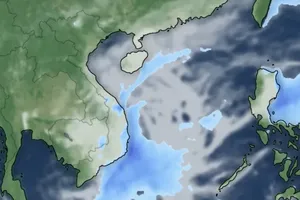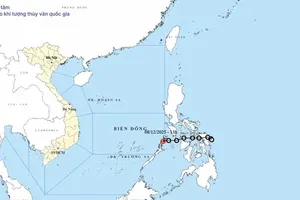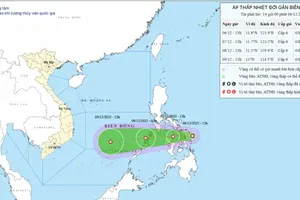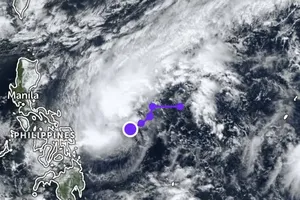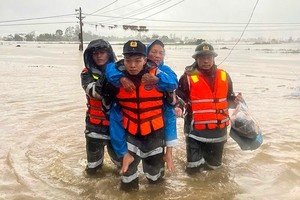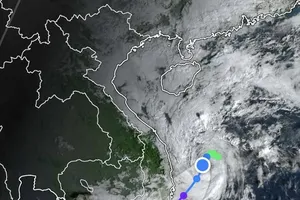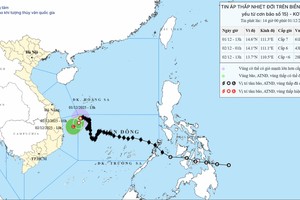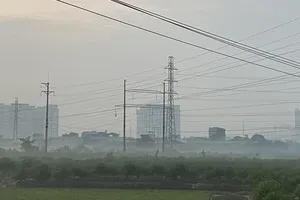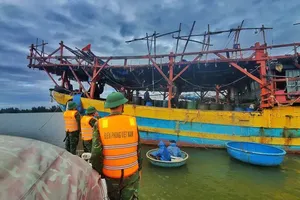At the same time, storms and tropical depressions are likely to form over the East Sea. It is forecast that one to two storms will potentially slam into the mainland.
The National Center for Hydro-Meteorological Forecasting has just released a report assessing weather and hydrological conditions across the country from May to July.
According to Mr. Hoang Phuc Lam, Deputy Director of the National Center for Hydro-Meteorological Forecasting, the El Niño–Southern Oscillation (ENSO) phenomenon is expected to remain neutral with a probability of 70 percent to 90 percent.
Storms and tropical depressions in the East Sea are projected to occur at levels close to the long-term average, with about three to four storms. Of these, one to two storms may make landfall.
Widespread heatwaves will begin in May and may last until August, particularly in the Northern and Central regions.
Average temperatures from May to July are forecast to be roughly in line with the long-term average, excluding the Northwest region, where temperatures may increase by 0.5 degree Celsius to 1 degree Celsius.
Extreme weather events such as thunderstorms, whirlwinds, lightning, and hail are expected to occur strongly during the seasonable change.
Heavy rainfall is expected to hit the Northern, North Central, Central Highlands and Southern regions. In particular, rainfall in the Central Highlands and Southern regions during May is forecast to be five percent to 20 percent higher than the long-term average.
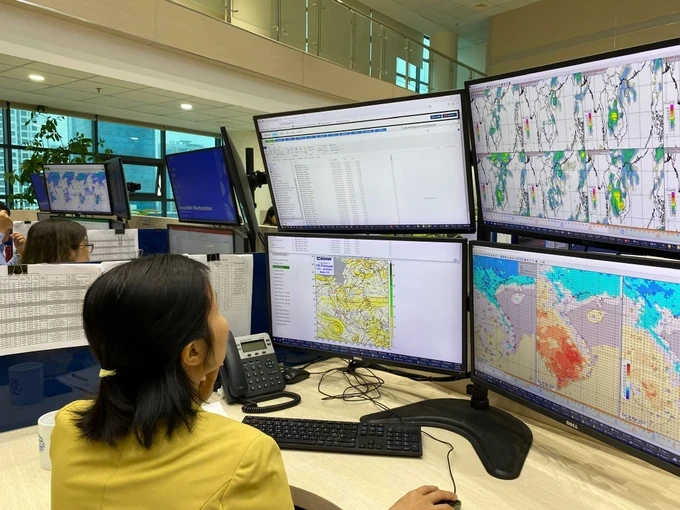
Rivers within the Red River and Thai Binh River system may experience flood events. In the Southern region, particularly areas along the Mekong River, water levels are expected to rise by approximately 5 percent to 15 percent compared to the long-term average.
As for saltwater intrusion and flood season outlooks in the Mekong Region, the saltwater intrusion in the estuaries of the Mekong River, especially on Vam Co and Cai Lon rivers is projected to gradually decrease in the coming time. Meanwhile, the flood season on the Mekong River is expected to begin between June and July, with upstream water levels predicted to be 0.1 meters to 0.3 meters lower than the long-term average.


